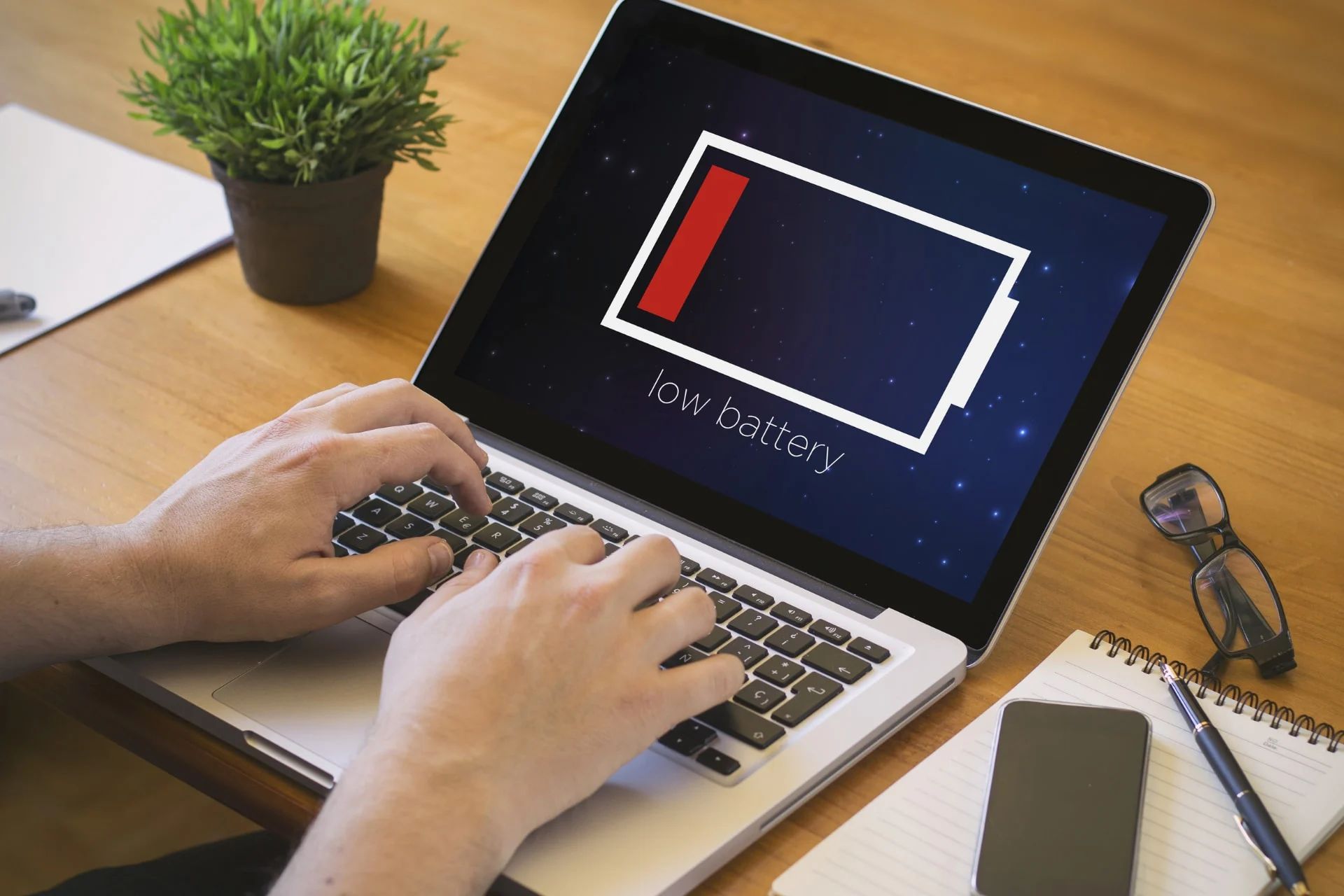
Windows 11 has started to actively save battery power: background activities will be suspended
Microsoft is actively testing a new energy-saving method for Windows 11. It extends laptop battery life and reduces desktop power consumption by disabling power-hungry background programs. The new feature was described in detail in a Windows Insider blog post and is now available in the latest Windows 11 Insider Canary 26002 build.
The feature is still at an early stage, so Microsoft doesn’t know what impact it might have on performance in the final release and how much it might extend battery life, according to Windows Insider lead Amanda Langowski and senior program manager Brandon LeBlanc.
The technique used by Microsoft is very similar to how smartphone operating systems extend the battery life of mobile devices. In modern Android and iOS devices, background applications are constantly monitored to ensure that processes do not unnecessarily consume battery power. Sometimes smartphone firmware kills background apps so aggressively that it becomes inconvenient to use messengers and other applications because they stop receiving notifications.
Windows 11’s new energy-saving mode has the potential to significantly increase battery life for millions of laptops. Uncontrolled background applications are one of the main reasons for accelerated battery drain, as they are almost invisible to the user. These add-ons can manifest themselves in any form, including Windows updates, browser tabs, continuous background video playback, backup programs, and more.
If you have access to a Canary 26002 build, you can access this power saving feature by going to the Power section submenu of the System submenu of the Options app. There you can activate power saving and be able to switch it so that it always works no matter what. You can also turn it on and off in the system tray.
The new power saving feature works on both laptops and desktops. Desktop PCs with it can consume less electricity.
The release date of the final version of this feature has not been announced. But due to the fact that it is already being tested by Windows insiders, it can be expected somewhere in the Windows 2024 update.

